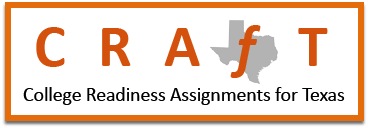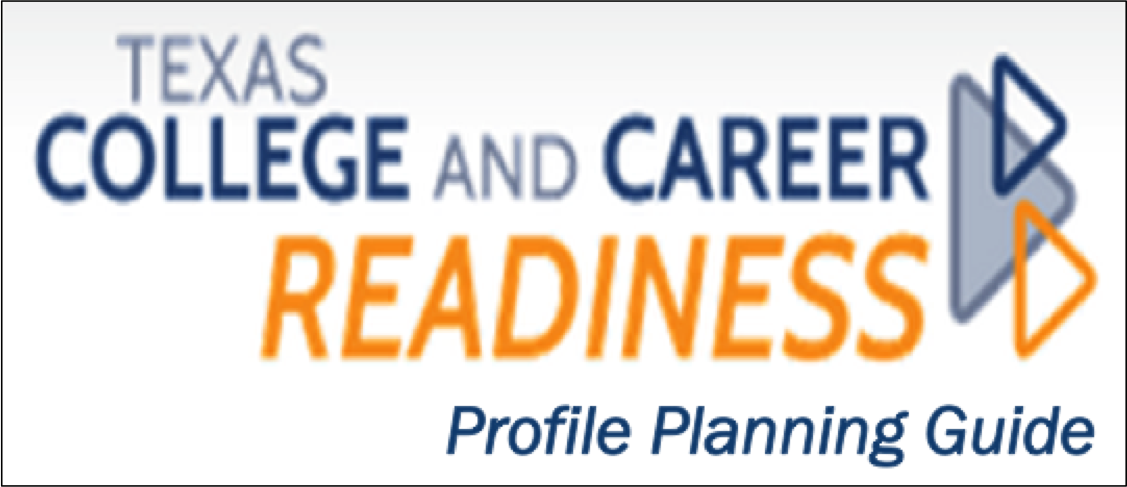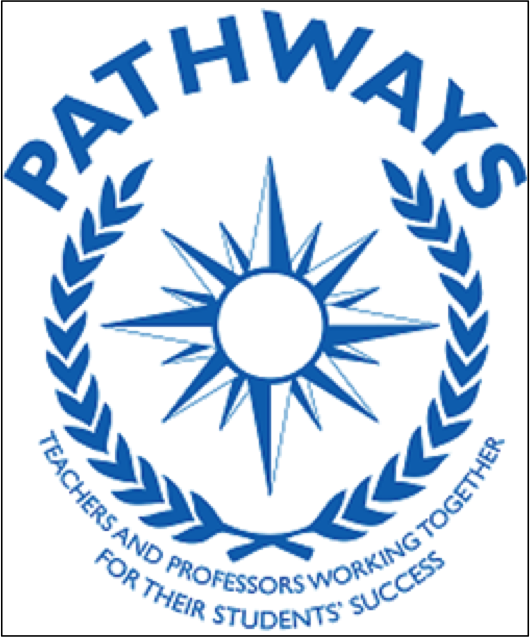IV. Listening
A. Apply listening skills as an individual and as a member of a group in a variety of settings (e.g., lectures, discussions, conversations, team projects, presentations, interviews).
1. Analyze and evaluate the effectiveness of a public presentation.
a. Critique the speaker’s delivery skills (e.g., word choice, pitch, feelings, tone, voice).
b. Analyze, synthesize, and evaluate the effectiveness of a speaker’s presentation.
c. Identify subtle uses of language.
2. Interpret a speaker’s message; identify the position taken and the evidence in support of that position.
a. Evaluate the multiple levels of meaning and age, gender, social position, and cultural traditions of the speaker.
b. Analyze the effectiveness of a speaker’s nonverbal messages (e.g., eye contact, gestures, facial expressions, posture, spatial proximity).
3. Use a variety of strategies to enhance listening comprehension (e.g., focus attention on message, monitor message for clarity and understanding, provide verbal and nonverbal feedback, note cues such as change of pace or particular words that indicate a new point is about to be made, select and organize key information).
a. Develop and ask questions related to the content for clarification and elaboration.
b. Follow complex verbal instructions that include technical vocabulary and processes.
c. Paraphrase or summarize information.
d. Take concise notes that accurately reflect the presentation or discussion.
B. Listen effectively in informal and formal situations.
1. Listen critically and respond appropriately to presentations.
a. Define new words and concepts, and note questions raised by the presentation to interpret the speaker’s content and attitude toward the subject.
b. Take notes that synthesize or highlight ideas for critical reflection.
c. Use critical listening responses, such as refutation and commentary, to analyze, synthesize, and evaluate the accuracy and effectiveness of the presentation.
2. Listen actively and effectively in one-on-one communication situations.
a. Accurately paraphrase what has been heard.
b. Revise a draft based on oral peer critique.
3. Listen actively and effectively in group discussions.
a. Take effective notes during group discussion.
b. Participate in a productive deliberation.
c. Use effective listening techniques to complete a group task.


 Show Printable Version
Show Printable Version



